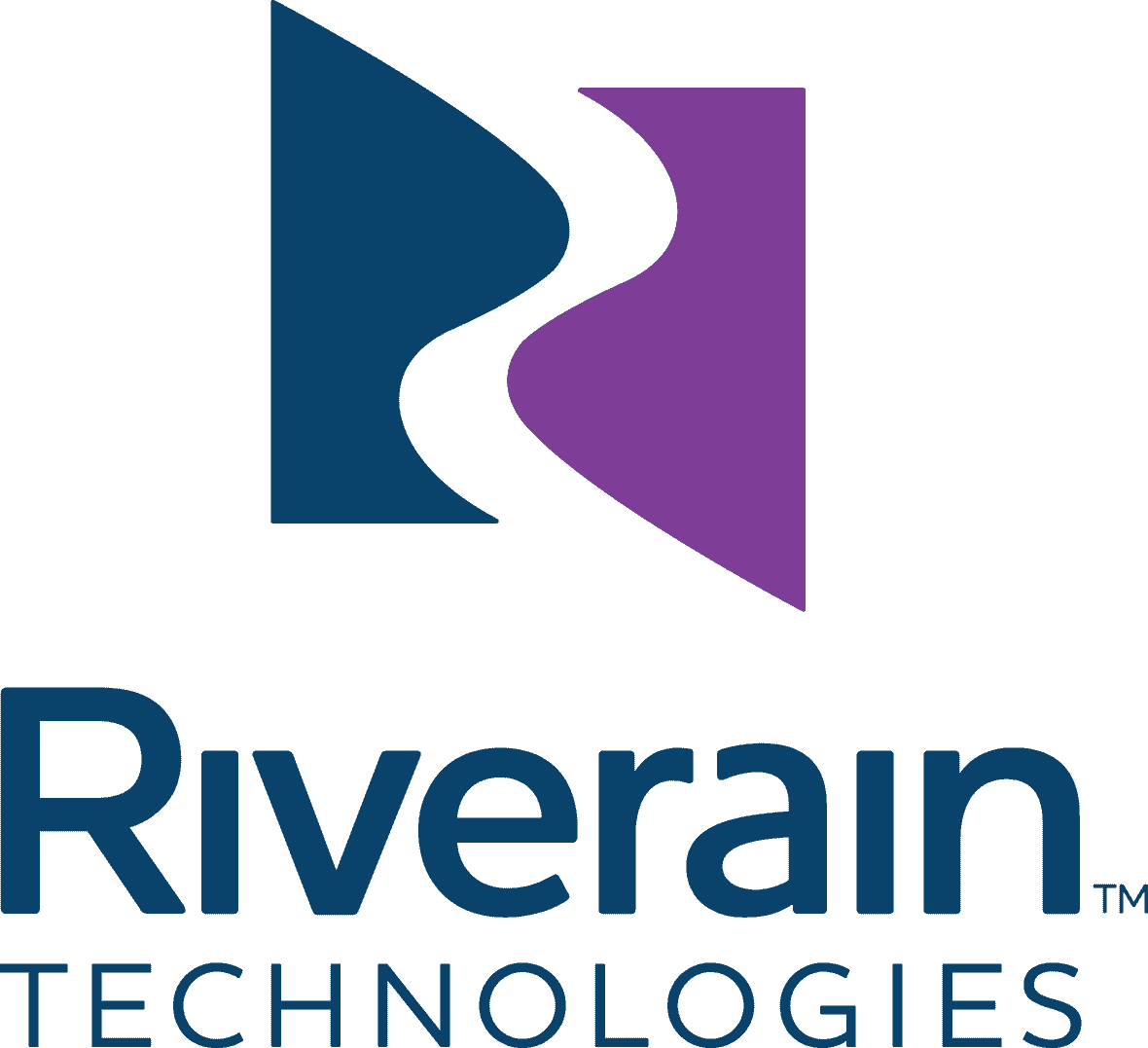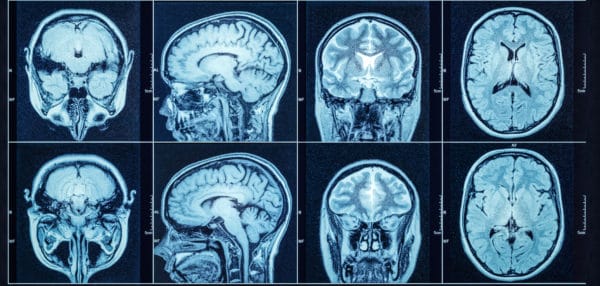|
An AI Consolidation | A Dictation Giant
January 10, 2022
|
|
|

|
|
Together with
|

|
|
|
“Now the whole IT industry is struggling just to ‘do no harm,’ and that simply isn’t good enough.”
|
|
Sirona Medical CEO, Cameron Andrews, on radiology IT’s bias towards maintaining the status quo.
|
|

|
|
The Imaging Wire recently learned that MaxQ AI has stopped commercial operations, representing arguably the biggest consolidation event in imaging AI’s young history.
About MaxQ AI – The early AI trailblazer (founded in 2013) is best known for its Accipio ICH & Stroke triage platform and its solid list of channel partners (Philips, Fujifilm, IBM, Blackford, Nuance, and a particularly strong alliance w/ GE).
About the Shutdown – MaxQ has officially stopped commercial operations and let go of its sales and marketing workforce. However, it’s unclear whether MaxQ AI is shutting down completely, or if this is part of a strategic pivot or asset sale.
Shutdown Impact – MaxQ’s commercial shutdown leaves its Accipio channel partners and healthcare customers without an ICH AI product (or at least one fewer ICH product), while creating opportunities for its competitors to step in (e.g., Qure.ai, Aidoc, Avicenna.ai).
A Consolidation Milestone – MaxQ AI’s commercial exit represents the first of what could prove to be many AI vendor consolidations, as larger AI players grow more dominant and funding runways become shorter. In fact, MaxQ AI might fit the profile of the type of AI startups facing the greatest consolidation threat, given that it operated within a single highly-competitive niche (at least six ICH AI vendors) that’s been challenged to improve detection without slowing radiologist workflows.
The Takeaway – It’s never fun covering news like this, but MaxQ AI’s commercial shutdown is definitely worth the industry’s attention. The fact is, consolidation happens in every industry and it could soon play a larger role in imaging AI.
Note: MaxQ AI’s shutdown unfortunately leaves some nice, talented, and experienced imaging professionals out of a job. Imaging Wire readers who are building their AI teams, should consider reaching out to these folks.
|




|
|
Open System Imaging’s Case for PowerScribe One
In this Nuance Q&A, Open System Imaging’s medical director and CTO discuss how adopting PowerScribe One improved the California radiology practice’s efficiency and productivity.
|
|
- Unnecessary Chiropractic Imaging: A new study out of Denmark found that diagnostic imaging does not improve outcomes among chiropractic patients with low back pain, suggesting that the clinical guidelines against low back pain imaging should also apply to chiropractic settings. Analysis of 2,162 chiropractic patients revealed that 522 were referred for imaging during their first visit (505 for X-ray), but these patients had similar two-week and one-year outcomes as patients who didn’t receive diagnostic imaging.
- Amazon Eyes M*Modal: Amazon is reportedly in talks to acquire dictation vendor M*Modal from 3M, which would bring Amazon far deeper into healthcare, and could serve a core role in the commerce/cloud giant’s future healthcare strategy. Although not official, this rumored acquisition makes sense given Amazon’s healthcare ambitions, AWS and 3M HIS’ existing relationship, and the fact that Microsoft acquired Nuance for the same reasons.
- mpMRI Second Opinions: A new Vancouver General Hospital-led study highlighted the value of having subspecialists perform second opinion prostate mpMRI reads for exams that are initially interpreted by community hospitals-based radiologists. Analysis of 303 patients with 332 mpMRI lesions found that the community rads and subspecialists had concordant PI-RADS scores with just 60.5% of lesions, leading to the multidisciplinary second opinion reviews downgrading 18% of cases and upgrading 8%.
- Tampa General’s Imaging Expansion: Tampa General Hospital significantly expanded its outpatient imaging operations with its acquisition of Tower Radiology (21 imaging centers, >65 radiologists, previously a 50% TGH subsidiary). The acquisition gives Tampa General at least 40 wholly-owned outpatient imaging sites across Florida, while allowing it to improve coordination with its Tower Radiology locations, including integration with its enterprise imaging platform.
- Radiomic + Radiologic VCF Detection: A South Korea-based team developed a predictive model that combines radiomic and radiologic CT features to accurately differentiate acute and chronic vertebral compression fractures (VCFs). They trained radiomic, radiologic, and combined predictive models using CTs from 122 patients (159 acute fractures, 79 chronic) and tested it against CTs from 32 patients (39 acute fractures, 19 chronic), finding that the combined model outperformed the radiologic model with both the training (0.97 vs. 0.89 AUCs) and test (0.95 vs. 0.83 AUCs) datasets.
- Adult Dosage in the UK: A radiographer working within the UK’s Walsall Manor Hospital was disciplined after accidentally performing adult-exposure X-rays on two different pediatric patients over a one-month period, exposing one child to 50-times more radiation than clinically necessary. After performing an X-ray on an adult’s uninjured ankle the following week, the radiographer was terminated by the hospital (she worked for a staffing agency) and can now only work under supervision.
- Europe Says No to Shielding: Radiology’s movement away from patient shielding took another step after Europe’s major imaging radiation safety groups recommended retiring most patient contact shielding methods. Noting improvements in imaging technology and growing evidence that shielding is ineffective, the European consensus statement recommended against gonad, breast, eye lens, and embryo / fetal shielding, while allowing shielding for certain thyroid exams (dental & cephalometric radiography, CBCT).
- Neurorad Burnout: A new EJR study detailed US neuroradiologists’ high burnout rate. The 2017 survey of 412 neurorads revealed that 85% experienced at least one sign of burnout and 37% considered early retirement (and that’s pre-COVID). Rising workloads also led to more frequent subjective errors among 57% of respondents and forced 86% to reduce their non-interpretative duties (teaching, mentoring, research, practice building).
- DLIR Acceptance: A recent study added radiologist preferences to CT deep learning image reconstruction’s advantages over iterative reconstruction. The researchers performed abdominal CT scans on two phantoms at nine different dosage levels, reconstructed the images using DLIR and two iterative reconstruction algorithms (model-based and hybrid IR), and then had ten senior radiologists evaluate the reconstructed images. Although objective comparisons were mixed (e.g., DLIR beat model-based IR at low doses, model-based IR beat DLIR at higher doses), the radiologists achieved the same detection rates with the different methods, and preferred the DLIR images for all assessment criteria.
- Rezolut Acquires in LA: Imaging center company Rezolut expanded into Los Angeles after acquiring Westwood Open MRI’s assets (one imaging center, structural and functional MRI services), and revealed plans to add a comprehensive modality suite to the location. Rezolut has taken advantage of its PE funding, acquiring nine companies in the last three years that expanded it to six locations in Southern California and 25 locations nationwide (NY, NJ, PA, CA, AZ, NM).
- Early MS Imaging: A Radiology Journal study revealed that 7T proton MR spectroscopy could detect early signs of multiple sclerosis (MS), allowing more proactive treatment. A team of Austrian researchers used 7T proton MR spectroscopy to compare biochemical changes in the brains of 65 people with MS and 20 healthy controls, finding that the MS patients (even those without MS disabilities) had higher myo-inositol (mI) to N-acetylaspartate (NAA) ratios in normal-appearing white matter than the healthy controls. The disabled MS patients also had a lower ratio of N-acetylaspartate (NAA) to total creatine (tCr) than the healthy controls.
|
|
- It’s clear that structured reporting is a must for CVIS platforms, but they aren’t all created equal. This Fujifilm Healthcare article reveals what physicians and sonographers view as the “non-negotiable” CVIS structured reporting features.
- The USPSTF guidelines for lung cancer screening were updated in May 2021, and driving compliance to such guidelines is a long, slow, repetitive process. Because of that, the Riverain team put together a kit to help hospitals and imaging centers educate either referring physicians or patients on the new guidelines either via branded tools or through the media.
- How could photon-counting CT impact your patients? In this video, the Medical University of South Carolina, one of the first users of the NAEOTOM Alpha, talks about the potential to visualize small lesions and fine details for high diagnostic confidence in neurology, cardiology, oncology, and pulmonology.
- See how UCSD reduced its lung nodule detection times and increased its reader performance using Arterys Lung AI.
- Evaluating your patient engagement strategy? Check out this Imaging Wire Show featuring Novarad’s Paul Shumway for a great conversation about how new technologies are helping imaging providers safely and securely improve patient engagement.
- Working out your AI business case? Check out this helpful Blackford Analysis report on how to calculate AI’s clinical, IT, administrative, and financial value to your organization.
|
|
|
|
|